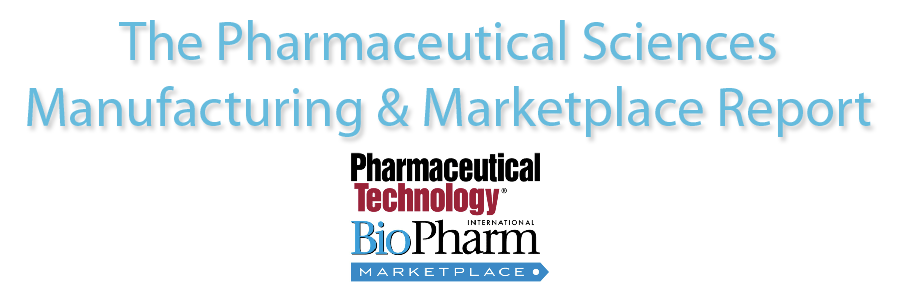The adoption of single-use bioreactor technology is expanding rapidly
today because biopharmaceutical manufacturers now recognize the advantages that
these systems provide. Advances in single-use bioreactor technology in response
to the changing regulatory environment, the introduction of new cull culture
systems and processes, and the desire of the industry to leverage process
analytical technology are also contributing to the growing application of
single-use bioreactors.
Even established bioreactor technologies are being upgrades to meet
current needs. One such system is the ReadyToProcess
WAVE 25 single-use bioreactor system from GE Healthcare Life Sciences. The new
system incorporates all of the key features of the original WAVE bioreactors –
and particularly the use of a rocking motion rather than stirring – plus
extensive additional functionality, but it is even easier to use than the
original system, according to the company.
What are you
looking for in single-use bioreactors today? Do the bioreactors that are
available meet your needs? Why types of functionality do you want to see –
easier bag handling, automated feedback loops for increased automatic control
of reaction conditions, the ability to create your own methods, a more friendly
user-interface and expanded data management systems, something else?
If you haven’t already, be sure to sign up for the eNewsletter so that you can
read what experts in the field have to say. Then let us know what you think. Also
check out the Pharmaceutical Technology/Biopharm International Marketplace at www.pharmabiomarketplace.com.
Cynthia Challener, PhD
Editor
The Pharmaceutical Sciences, Manufacturing & Marketplace Report
